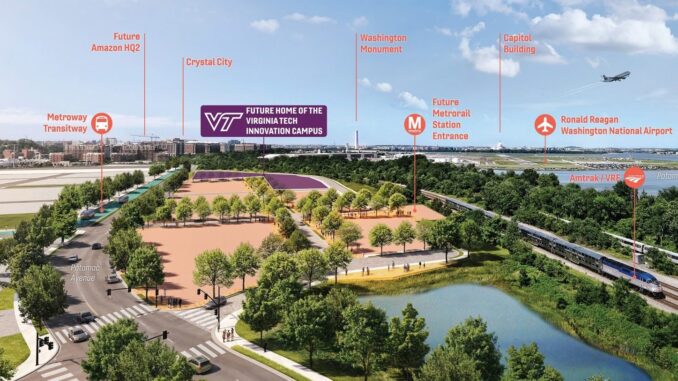
As we consider the relationship between settings and learning activities the example of campus innovation zones or districts may be instructive. Numerous colleges and universities have invested in the construction of facilities designed to house or host innovative activities. These facilities consume substantial resources with the expectation that the resulting activities will more than repay the costs, typically through the development of innovations that generate income.
In a recent essay titled The Campus Innovation Myth in the Chronicle of Higher Education (subscription required) Matthew Wisnioski and Lee Vinsel, professors at Virginia Tech, challenge the assumption that creating facilities to foster innovation will actually result in such intended outcomes. They counter the popular claims that universities are economic engines that generate innovations and that such innovations improve communities.
Although there are examples of university properties that are associated with innovation, notably at Stanford and MIT, these may be the result of unique circumstances that are not readily duplicated. As Wisnioski and Vinsel point out, there are good reasons to question the relationship between designated districts or zones and innovation.


Be the first to comment